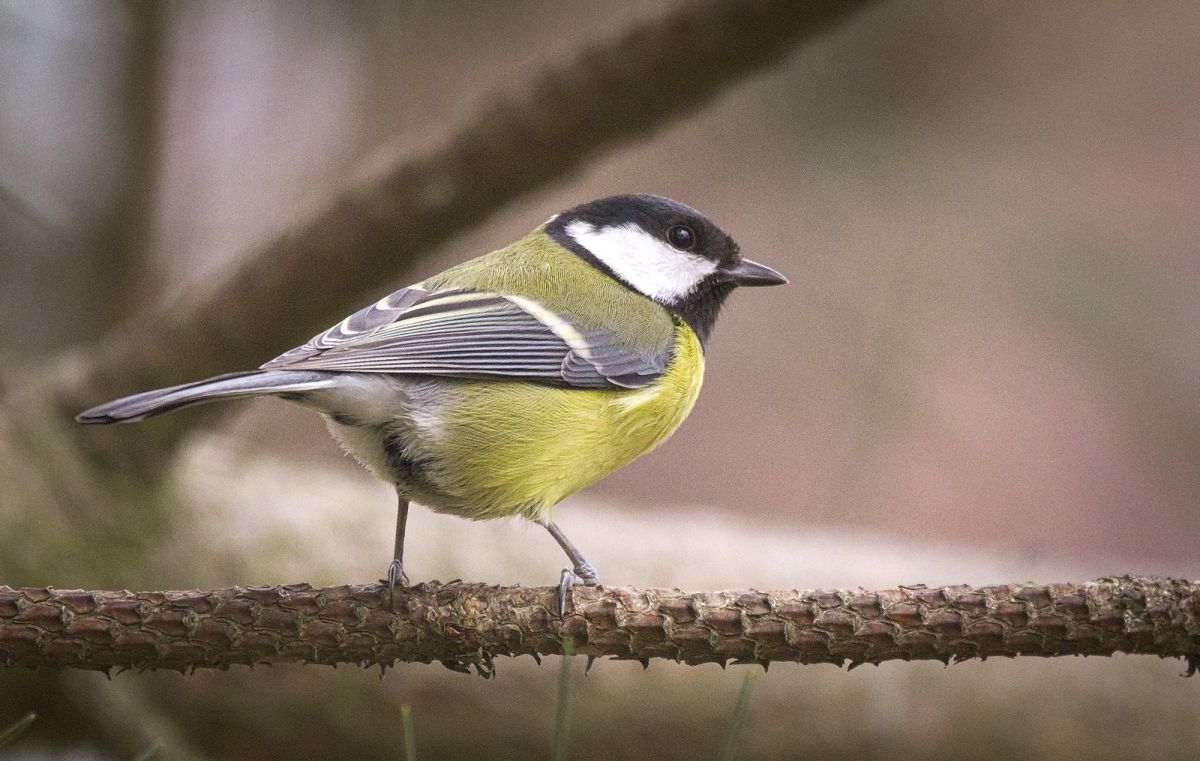When winter arrives, animals can’t just pull on a giant puffy coat and earmuffs like us humans. They have their own ways of keeping warm: penguins huddle together, lemmings hunker down in tunnels, and Japanese macaques hang out in hot springs. Some birds migrate to warmer climes to ride out the winter—but what about those that don’t? Researchers wondered how these birds managed to keep warm. Small birds in cold climates do warm up a little by shivering, but scientists had a hunch that the birds’ blood may play a role too.
Birds have mitochondria in their red blood cells, which produce energy through a process called mitochondrial respiration. It’s possible for animals to make adjustments to this respiration depending on their environment or other factors. One such change can be leak respiration, which involves protons leaking across the mitochondrial membrane and generating heat. The researchers took blood samples from great tits, coal tits and blue tits in both autumn and late winter. Then, they used a cell respirometer to study what the mitochondria in the blood were doing. They found that leak respiration increased in the birds’ blood in winter. Knowing that this type of respiration produces heat, they suggested that the birds were regulating the mitochondria in their blood in the winter to help keep themselves warm.
It’s possible that the increase in leak respiration could be attributed to something other than cold weather. For example, between the warm and cold seasons, the birds also change their diet from mostly insects to mostly seeds. Whatever its causes, a personal heating system is a nice thing to have when it’s cold outside.










